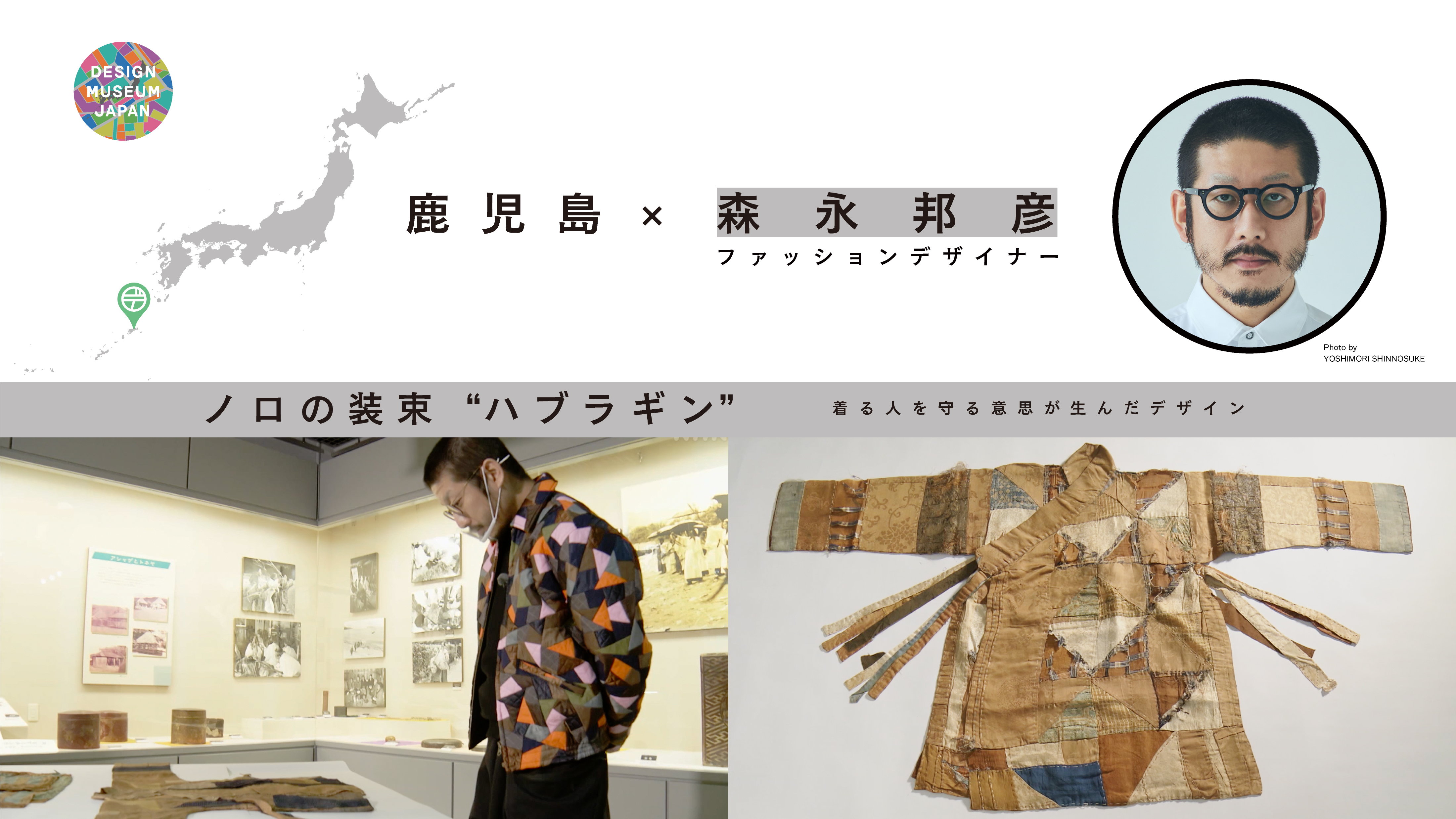agazumi researched the Kote-e plaster reliefs seen under the eaves of buildings around the town of Uchiko in Ehime Prefecture. The old castle town suffered many conflagrations, and fire-resistant plastering for the outer walls and doors of storehouses became popular there from the mid-Edo Period. As the craftsmen vied with each other for custom, this gave rise to new modes of expression that reached beyond simple plastering. The new techniques spread nationwide in the Meiji Era. About 1,000 examples of Kote-e have been identified in Ehime Prefecture.
It is said the plasterers made the reliefs as a token of appreciation to their customers. Nagazumi examines Kote-e as a point of bonding for the craftsmen and their clients.
Takashi Nagazumi Musician
Kote-e Plaster Reliefs

DESIGN TREASURE
The Playfulness of the Plasterers


CREATOR

Takashi Nagazumi Musician
Born in Tokyo in 1974.
Nagazumi made his major debut with Super Butter Dog and has performed solo since 2002 as Hanaregumi. Recent singles include “Big Smiles” (sold only at concert venues) and “My Muchu”, theme song of the drama, “Miwasan Narisumasu” (release 2023). His first photo album, Hakkotai, presents pictures taken during the COVID-19 pandemic around the town where he was born and raised.

Kote-e in Uchiko Town
The old pictures have their place in the heart of everyday life
Nagazumi visits a mountain district of Uchiko and discovers a variety of Kote-e designs beneath the eaves. “Viewed up close,” he says, “they are roughly formed but convey vitality and power.” Kote-e are drawn with a range of trowels rather than brushes to raise and spread the plaster. Asked how they feel about the reliefs passed down to them by their forebears, the owners express quiet contentment. Nagazumi says, “Even subdued thoughts have the power to survive when they are also firm.” He senses a connection with his own music.

Tiger, a plaster relief on an old house, said to have been crafted by the legendary plasterer, Masaki Chobei



Kote-e of a private house
Genuine Connections That Link Past and Present Through the Vicissitudes of History
The plasterer’s work is painstaking and time consuming. The Kote-e reliefs emerged from senses honed through long experience in the trade. They depict such auspicious symbols as the turtle and crane; fire-prevention motifs, such as water and dragons; and also the Seven Gods of Good Fortune, including Ebisu and Daikokuten. The motifs reveal the yearnings of each individual house owner.
Nagazumi surmises the feelings that lay behind these creations. “You couldn’t express this spirit without having the skills. The house owner and plasterer would have got to know each other well, and the plasterer would have known to choose and depict a charm for warding off evil for this owner, a fire-prevention symbol for that, or a bringer of water for rich harvests for another.” The reliefs also convey something of their feelings of mutual gratitude.

Kote-e reliefs of various patterns Photo: Takashi Nagazumi



Produced as Freely Imagined – the Playfulness of the Plasterer
The Kote-e reliefs of Uchiko are found not only in the mountains but also in the streets of the town itself. Wax making was the big industry here from the Edo Period. Many shops and residents remain from the mid-Meiji Period, at the height of Uchiko’s prosperity, and still line the streets today. The grand house of the Haga tree wax merchant family has a large number of Kote-e wishes for prosperity. Nagazumi finds one that depicts a laughing demon. “The Kote-e,” says a craftsman with over 50 years’ experience in the trade, “express the plasterer’s playful spirit.” Nagazumi adds, “These aren’t fixed forms rendered as part of a job. After many years in the trade, the craftsmen could draw on and express their own spirit of fun.” The reliefs derive lithe strength from this uncalculated expression.”

Plasterer Takeshi Ichikane shows Nagazumi around the town’s Kote-e reliefs

The laughing demon on a merchant’s wall

Plasterer Takeshi Ichikane's studio Photo: Takashi Nagatsuki
Where Can We See This Design Treasure?
Uchiko Historic District Preservation Zone
2696 Uchiko, Uchiko-cho, Kita-gun, Ehime
Click here for more details.

Photo courtesy of Uchiko Tourism Association
Museum of Ehime History and Culture
4-11-2 Unomachi, Uwacho, Seiyo, Ehime 797-8511
Click here for more details.

Photo courtesy of Museum of Ehime History and Culture




























